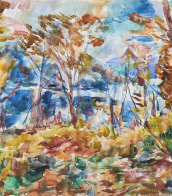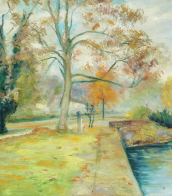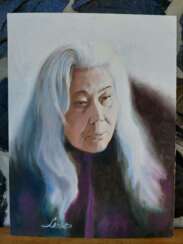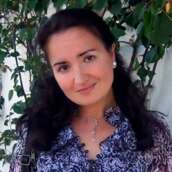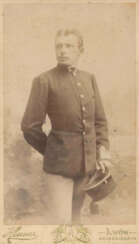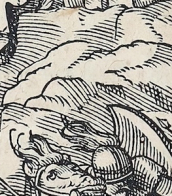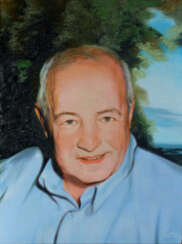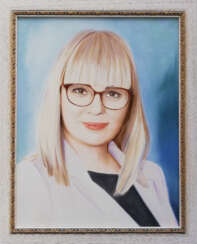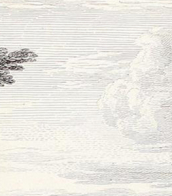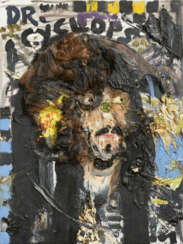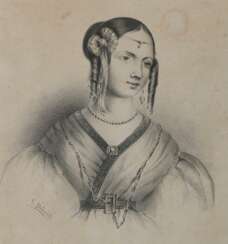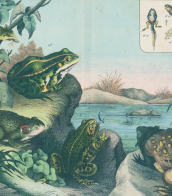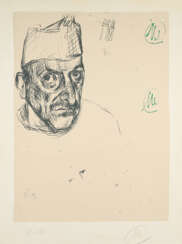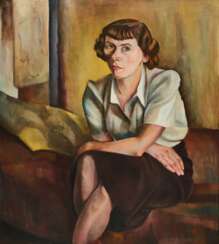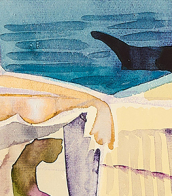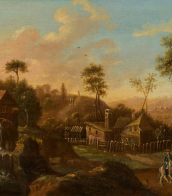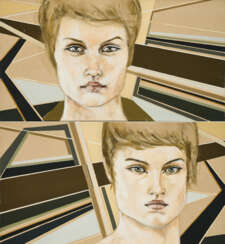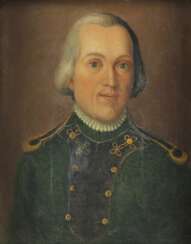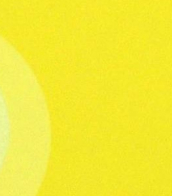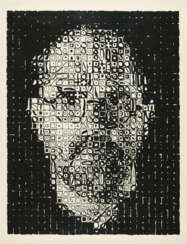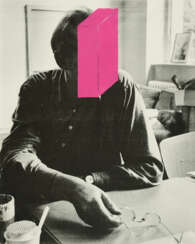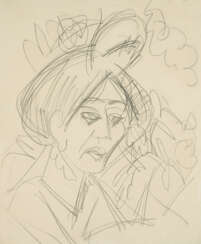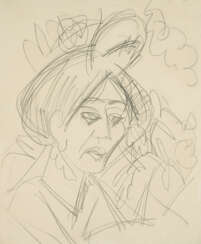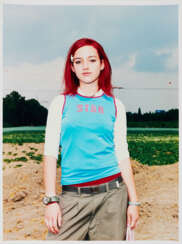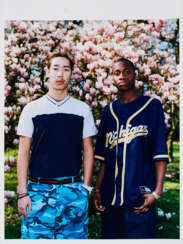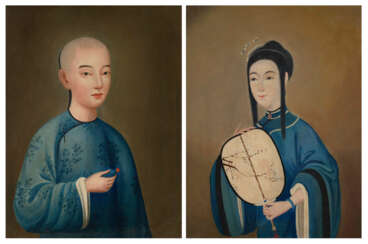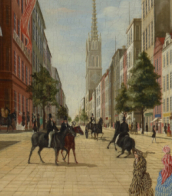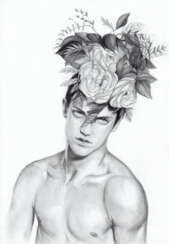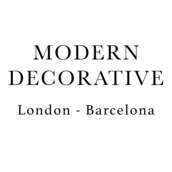portrait
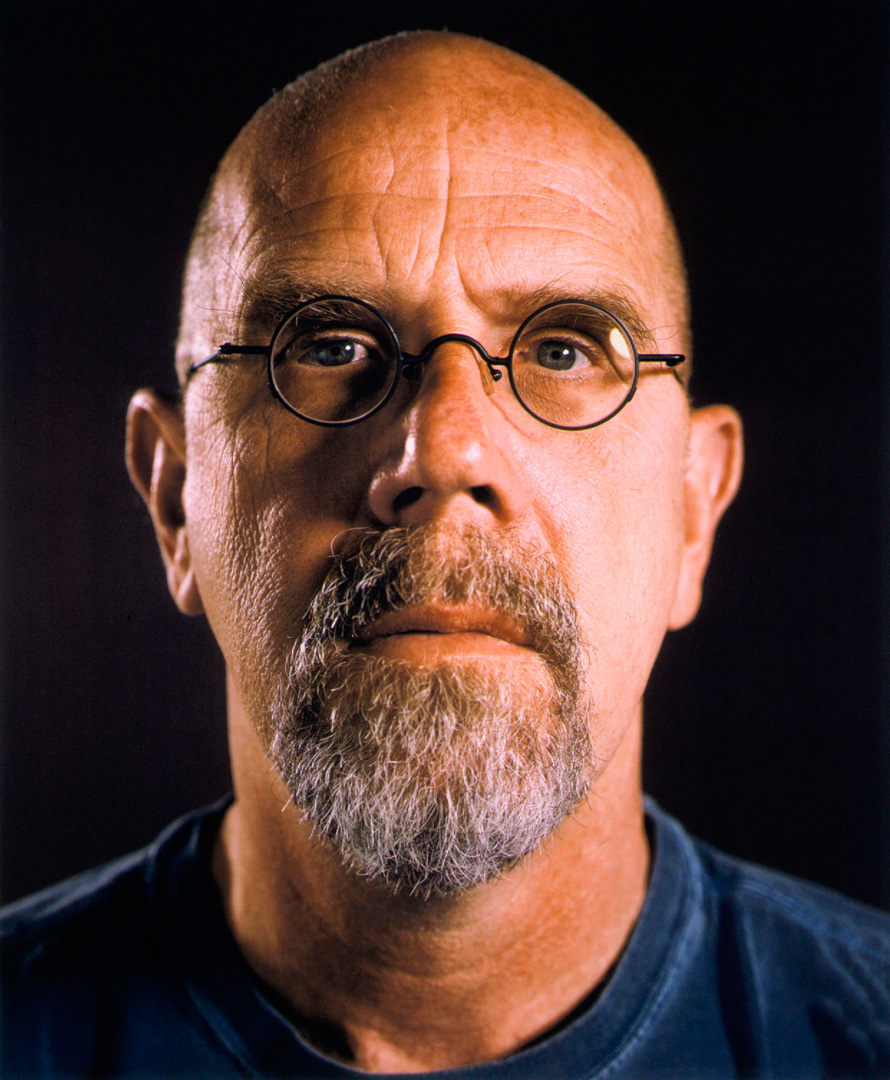
Chuck Close (real name Charles Thomas Close) was an American painter and one of the best-known photorealists in the USA.
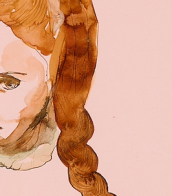
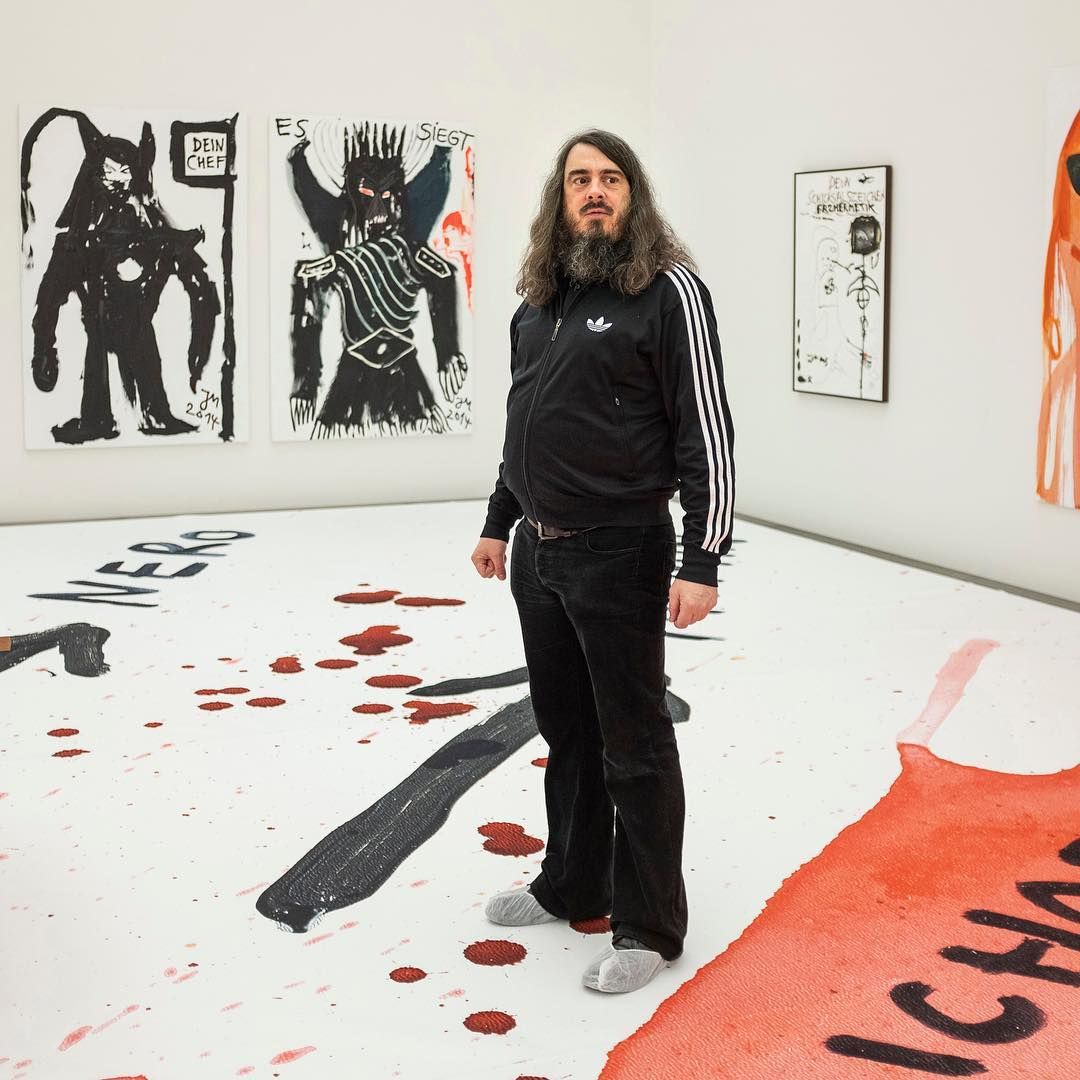
Jonathan Meese is a German painter, sculptor, performance artist and installation artist based in Berlin and Hamburg. Meese's (often multi-media) works include paintings, collages, drawings and writing. He also designs theater sets and wrote and starred in a play, De Frau: Dr. Poundaddylein — Dr. Ezodysseusszeusuzur in 2007 at the Volksbühne Theater. He is mainly concerned with personalities of world history, primordial myths and heroes. Jonathan Meese lives and works in Ahrensburg and Berlin.
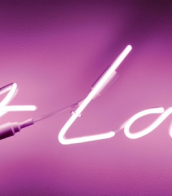
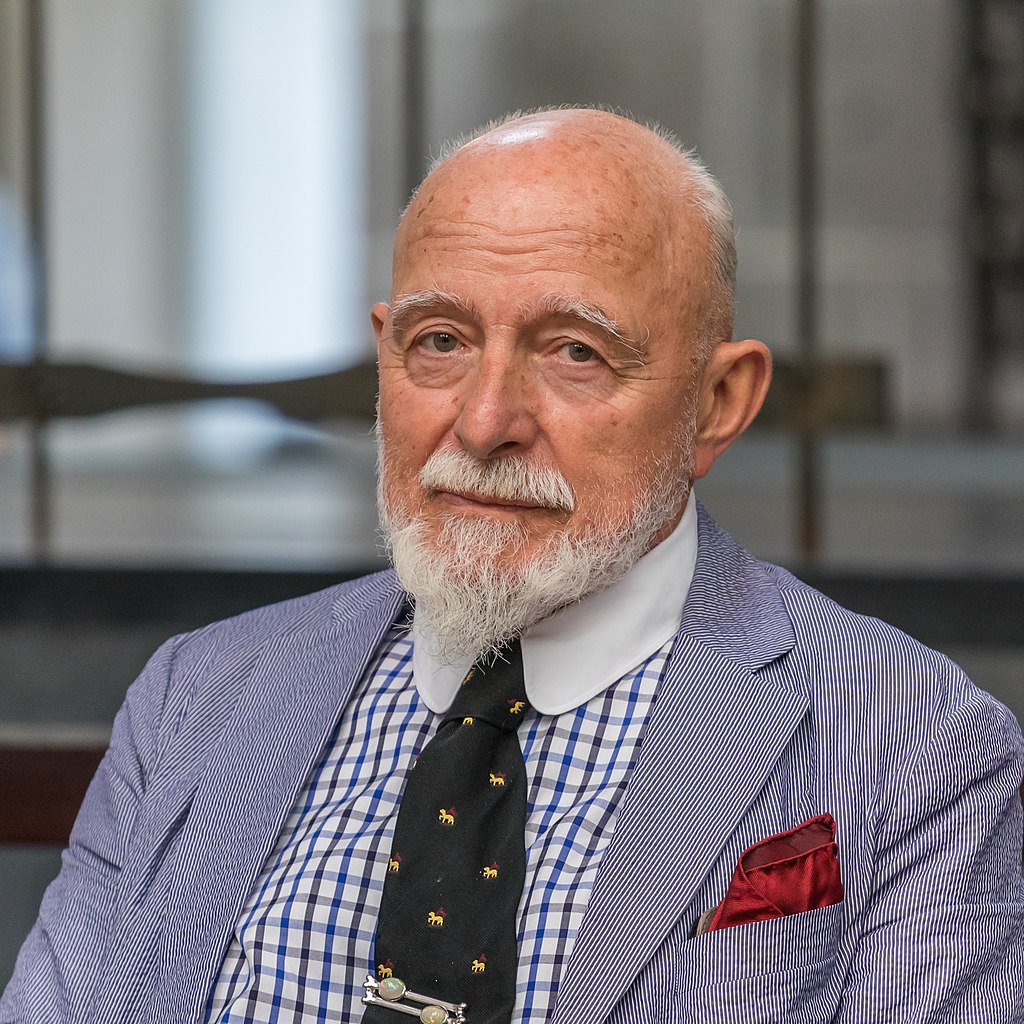
Markus Lüpertz is a German painter, sculptor, graphic artist, and writer. He also publishes a magazine, and plays jazz piano. He is one of the best-known German contemporary artists. His subjects are characterized by suggestive power and archaic monumentality. Lüpertz insists on capturing the object of representation with an archetypal statement of his existence. His art work is associated to neo-expressionism. Known for his eccentricity, German press has stylized him as a «painter prince».
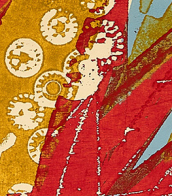
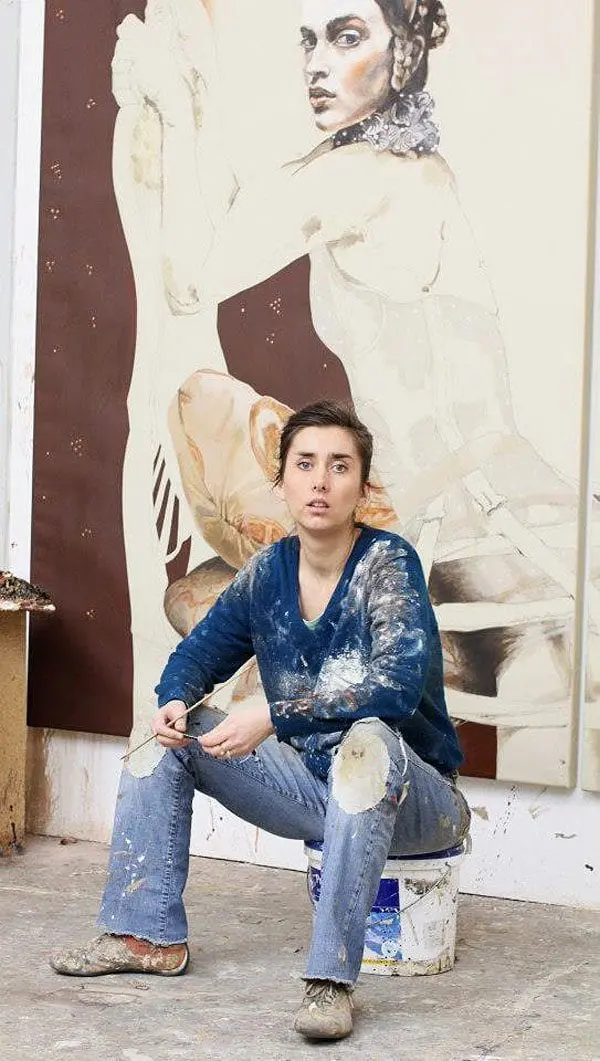
Martha Parsey is a contemporary British artist who has made a significant impact in the realms of painting and filmmaking. Educated at prestigious institutions such as Central St. Martins College of Art and the German Film and Television Academy Berlin, Parsey has developed a multifaceted approach to her art.
Martha Parsey's work is renowned for its expressive and dynamic nature. Her paintings often delve into various themes and narratives, showcasing her versatility as an artist. Additionally, she has made notable contributions to the world of filmmaking, particularly with her films on the acclaimed artist Francis Bacon. These films have been screened at esteemed venues like the ICA and Hayward Gallery in London, Centre Pompidou in Paris, and Haus der Kunst in Munich.
Her artistic achievements have been recognized through several exhibitions and awards. Parsey's work has been exhibited widely in the UK, Europe, and the US, and is featured in prestigious collections such as the Ovitz Family Collection, the Zabludowicz Collection, and the Musée National d’art Moderne in Paris. In 2018, she founded the MPHQ Project Space in London and Cologne, further cementing her role as a prominent figure in contemporary art.
Martha Parsey's paintings are known for their vibrant energy and depth, making them a compelling choice for collectors and art enthusiasts alike. Her unique blend of painting and filmmaking offers a refreshing perspective in the world of contemporary art.
For those interested in the latest developments in Martha Parsey's career, including new artworks and exhibition events, signing up for updates is recommended. We provide essential information to collectors and experts in art and antiques, focusing on new sales and auction events related to Martha Parsey.
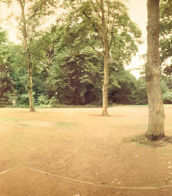

Chuck Close (real name Charles Thomas Close) was an American painter and one of the best-known photorealists in the USA.
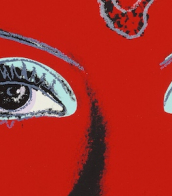
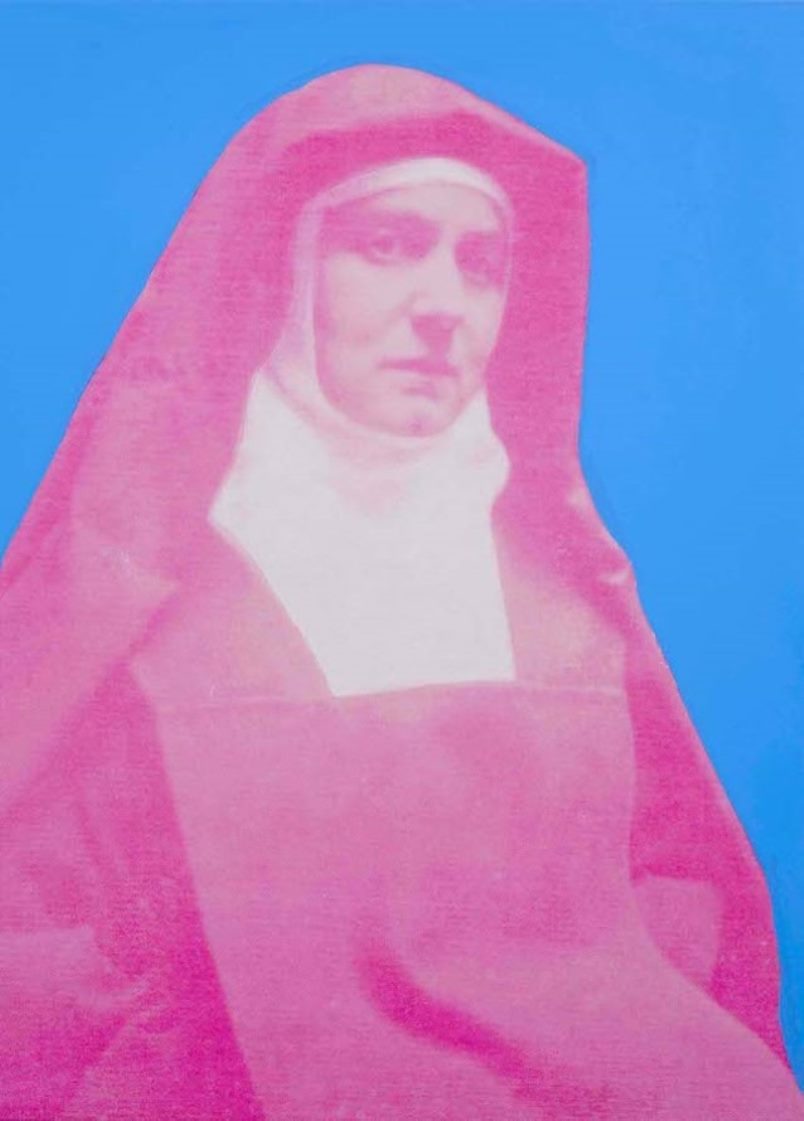
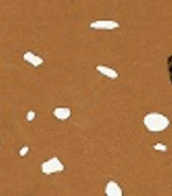
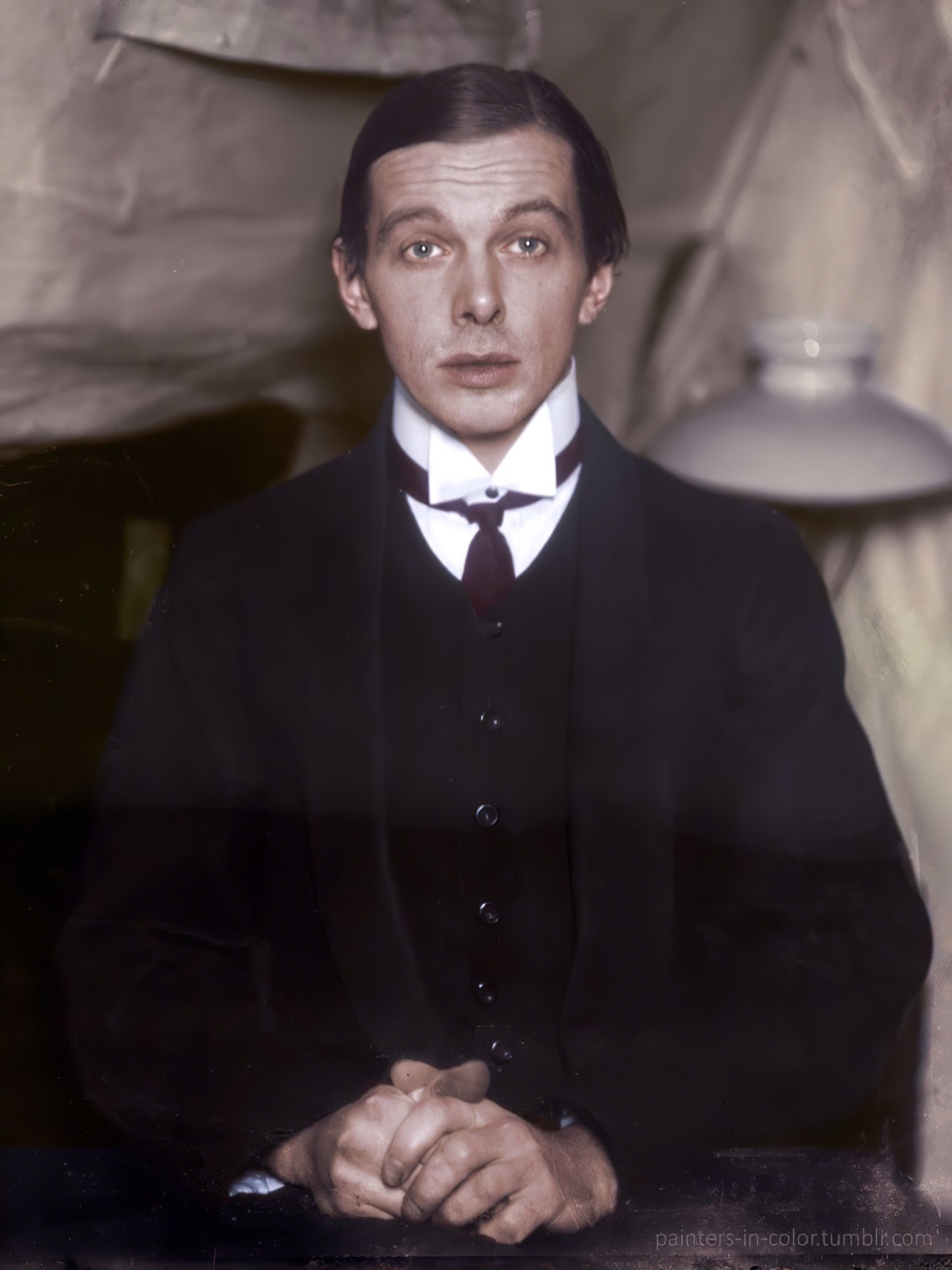
Ernst Ludwig Kirchner was a pivotal figure in the art world, known for his profound impact on 20th-century Expressionism. Born in Bavaria, Germany, on May 6, 1880, Kirchner's journey into art began with architecture studies before he found his true calling in painting and printmaking. In 1905, alongside fellow architecture students, he co-founded Die Brücke ("The Bridge"), a group that sought to revolutionize art by bridging the gap between traditional academic styles and modern artistic expression. This group was instrumental in the development of Expressionism, advocating for intense emotion conveyed through vivid colors and bold lines.
Kirchner's work, characterized by its expressive intensity and often exploring themes of urban life and the human psyche, reflects a deep engagement with the cultural and social upheavals of his time. Notably, his experiences during World War I, including a mental breakdown and subsequent discharge from military service, deeply influenced his art. Works like "Self-Portrait as a Soldier" (1915) poignantly encapsulate the personal and societal trauma of the era.
After the war, Kirchner sought solace in Davos, Switzerland, where the tranquil landscapes inspired a new direction in his work, showcasing a more serene and reflective approach. Despite his contributions to modern art, Kirchner's later years were marred by the Nazi regime's denunciation of his work as "degenerate," leading to the destruction and dispersal of many pieces. Tragically, this persecution contributed to his decision to end his life on June 15, 1938.
Kirchner's legacy is preserved through his influential body of work, from vivid urban scenes to tranquil landscapes, all marked by a distinctive, expressive style that continues to captivate art collectors and experts. His works are held in major museums worldwide, including the Museum of Modern Art in New York and the National Gallery of Art in Washington, underscoring his enduring influence on the art world.
For those interested in the profound impact of Ernst Ludwig Kirchner on modern art and Expressionism, subscribing to updates on new product sales and auction events related to his work can provide valuable insights. This subscription is an opportunity for collectors and art experts to stay informed about the availability of Kirchner's influential pieces and related events.
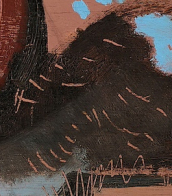

Ernst Ludwig Kirchner was a pivotal figure in the art world, known for his profound impact on 20th-century Expressionism. Born in Bavaria, Germany, on May 6, 1880, Kirchner's journey into art began with architecture studies before he found his true calling in painting and printmaking. In 1905, alongside fellow architecture students, he co-founded Die Brücke ("The Bridge"), a group that sought to revolutionize art by bridging the gap between traditional academic styles and modern artistic expression. This group was instrumental in the development of Expressionism, advocating for intense emotion conveyed through vivid colors and bold lines.
Kirchner's work, characterized by its expressive intensity and often exploring themes of urban life and the human psyche, reflects a deep engagement with the cultural and social upheavals of his time. Notably, his experiences during World War I, including a mental breakdown and subsequent discharge from military service, deeply influenced his art. Works like "Self-Portrait as a Soldier" (1915) poignantly encapsulate the personal and societal trauma of the era.
After the war, Kirchner sought solace in Davos, Switzerland, where the tranquil landscapes inspired a new direction in his work, showcasing a more serene and reflective approach. Despite his contributions to modern art, Kirchner's later years were marred by the Nazi regime's denunciation of his work as "degenerate," leading to the destruction and dispersal of many pieces. Tragically, this persecution contributed to his decision to end his life on June 15, 1938.
Kirchner's legacy is preserved through his influential body of work, from vivid urban scenes to tranquil landscapes, all marked by a distinctive, expressive style that continues to captivate art collectors and experts. His works are held in major museums worldwide, including the Museum of Modern Art in New York and the National Gallery of Art in Washington, underscoring his enduring influence on the art world.
For those interested in the profound impact of Ernst Ludwig Kirchner on modern art and Expressionism, subscribing to updates on new product sales and auction events related to his work can provide valuable insights. This subscription is an opportunity for collectors and art experts to stay informed about the availability of Kirchner's influential pieces and related events.
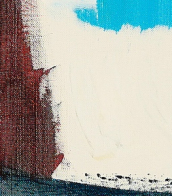
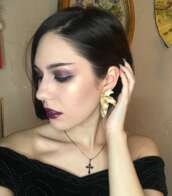
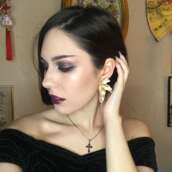
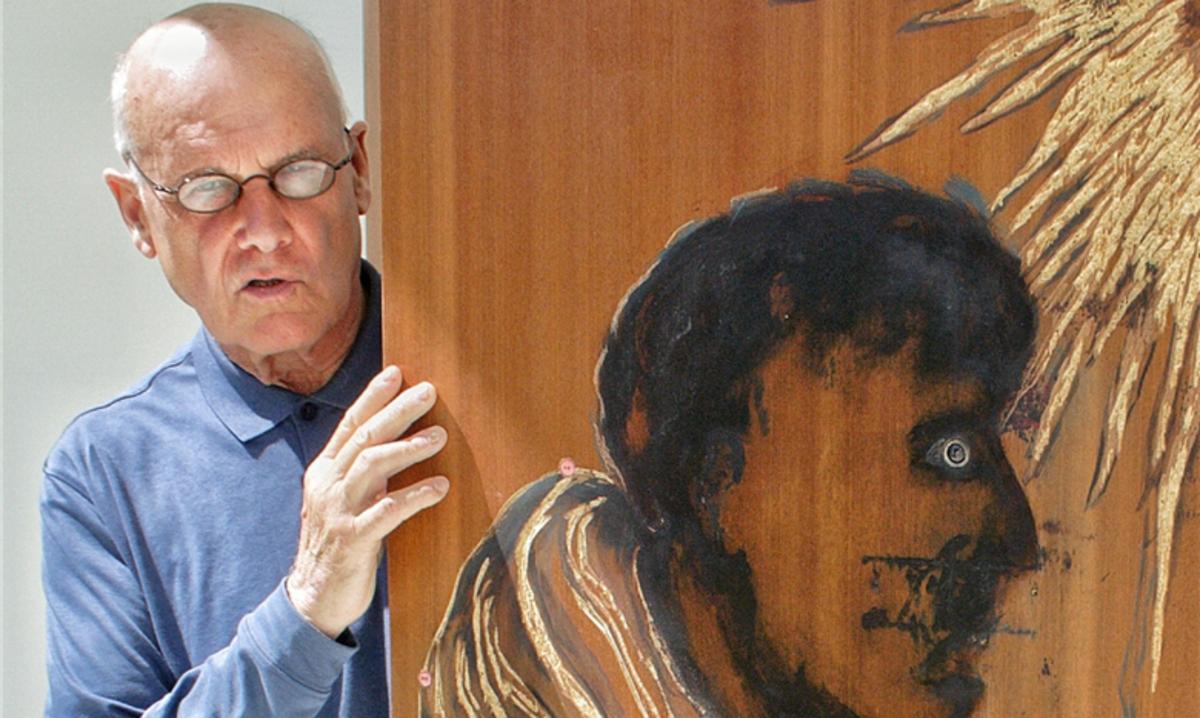
Gustav Kluge was a German painter and graphic artist and professor of painting.
Kluge studied painting at the Hamburg University of Fine Arts and later taught painting at the State Academy of Fine Arts in Karlsruhe. The artist works and lives in Hamburg and Karlsruhe.
In his works, Kluge deals with fundamental themes: life and death, power and violence. In addition to original inventions, he takes into account various suggestions of historical, cultural and religious traditions. His paintings and drawings, especially his woodcuts, are prime examples of Neo-Expressionism. Using rich material, layered colorful applications, Kluge paints his paintings, as he himself puts it, "on top of each other."
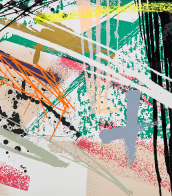
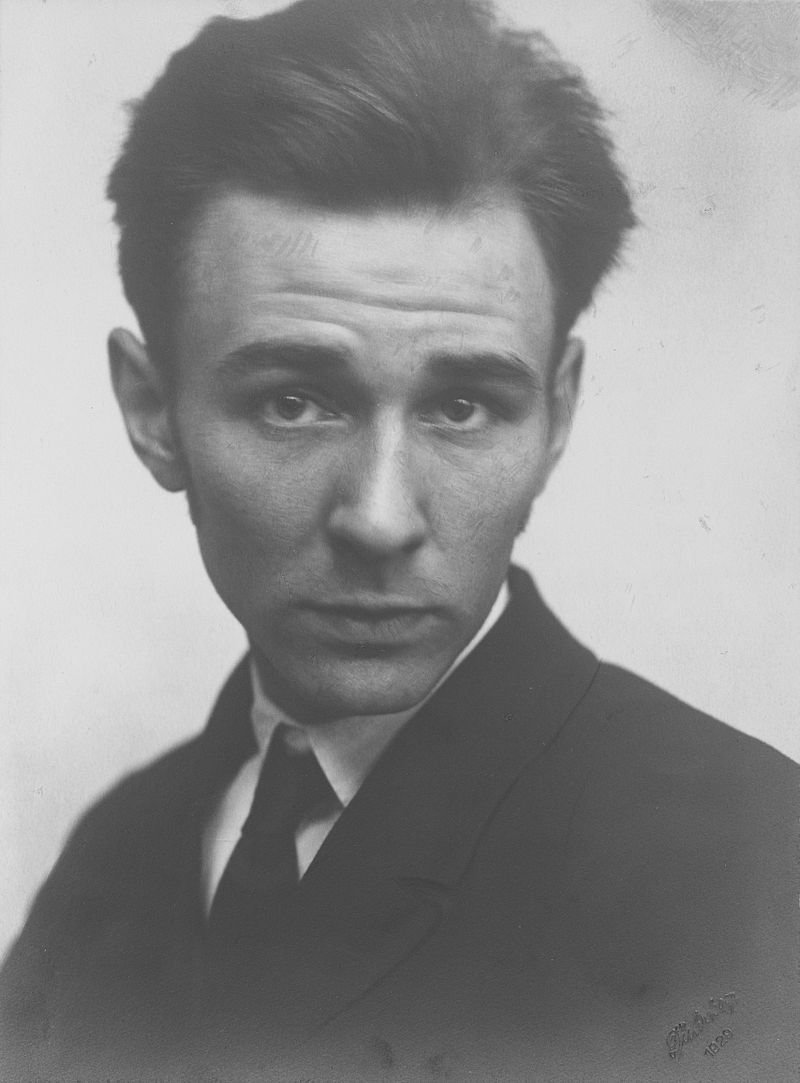
Walter Gramatté was a German expressionist painter who specialized in magic realism. He worked in Berlin, Hamburg, Hiddensee and Barcelona. He often painted with a mystical view of nature. Many of his works were inspired by his experiences in the First World War and his illness.
